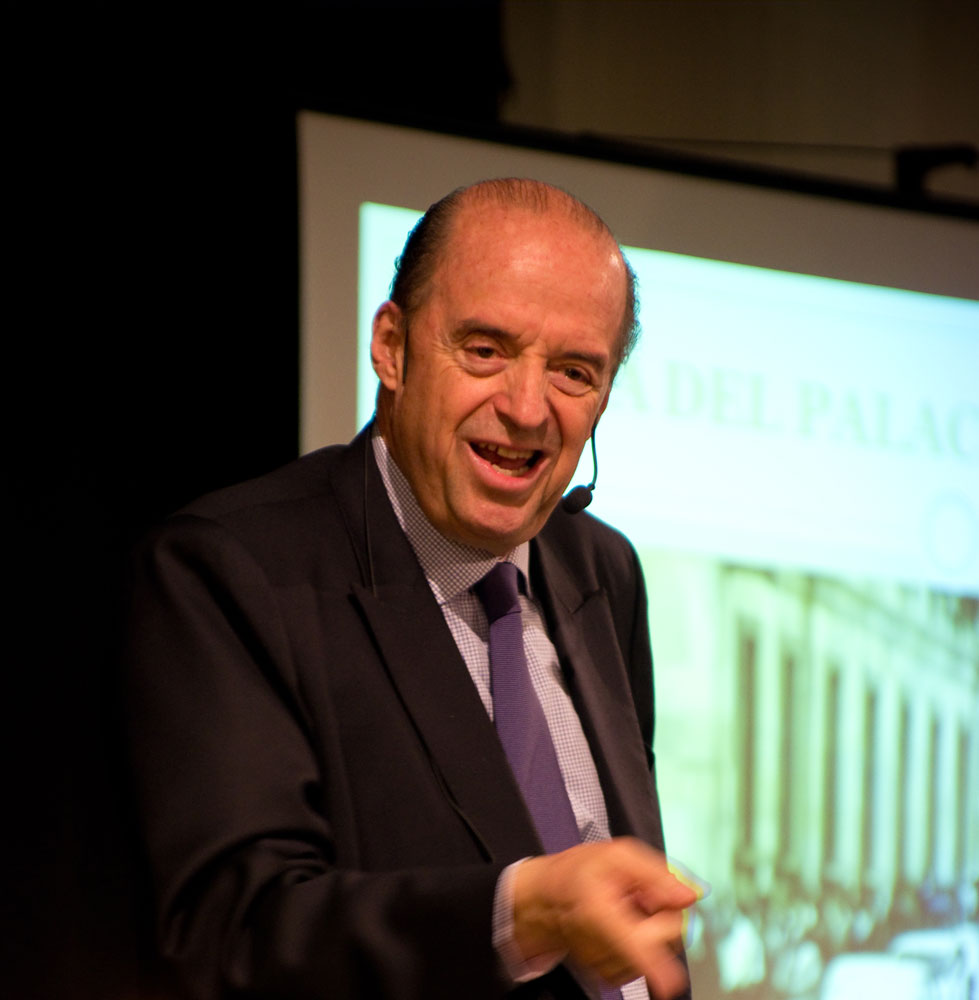Peace negotiations have started off in Oslo, but will they lead anywhere at all?
“Generally, people tend to simplify the conflict”, says Colombian negotiation expert Álvaro Leyva Durán.
According to himself, Leyva Durán is the only Colombian standing outside political parties as well as guerilla movements who has participated in negotiations between FARC and the Colombian state.
He looks at himself as a non-aligned overlooker of the conflict which keeps his home country from progressing economically as well as politically.
– I’ve been involved in the peace movement since 1984. Amongst other things, it forced me to a six-year period of exile in Costa Rica and for the last three years, I’ve been trying to keep out. But I can’t stand it, this is much too important to me, says Leyva Durán.
There have been different guerillas in Colombia since the 1950’s, when a civil war ended by the liberals and conservatives taking control. Leyva Durán means that the Western world is receiving a too one-sided image of the conflict.
– Colombian governments have been very successful in using the media to justify their own atrocities. FARC doesn’t have a large support in the Colombian community, but it can be partially explained since the Colombian media is censoring them. They say that FARC is fighting only because of money and drugs, but they have a political agenda. However, they need money from drugs to be able to fight the US-supported government.
According to the World Bank and the United Nations, Colombia is statistically the fourth most unequal country in the world. Leyva Durán points out that the capital, Bogotá, which looks pretty much like any large city in the Western world, works as a “façade towards the rest of the world”.
– The majority of the people in Colombia never ever visit Bogotá. To a Swede, this must seem strange. You all visit Stockholm once in a while, right? But in Colombia, it isn’t uncommon that people in rural areas are unfamiliar with the name Bogotá and has no idea of what this place is. Colombia is a large country with a large population, but the resources are unevenly divided. The richest five percent own 95 percent of the assets.
But is there light at the end of the tunnel? And can the current peace talks in Oslo between the FARC-guerilla and the Colombian government lead to a better situation?
– Generally, the conflict gets much too simplified when it seems to be all about FARC. FARC is well known in foreign media, but there are more guerilla groups in Colombia. And the rich people, the ones who own land, have paramilitaries. To solve this situation, all the parties involved in the conflict, which has been going on for fifty years, need to sit down and seriously take responsibility. The conflict in Colombia isn’t as much about 2012 as it is about half of the last century. It is a civil war, but it doesn’t prevent it from being one of the longest on-going armed conflicts ever.
Text: Dennis Jörnmark Callstam






